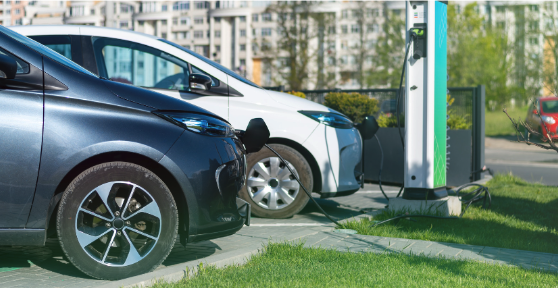A major grid operator company in the Netherlands is experiencing shortages in their grid, prompting businesses to seek alternative sources of energy to ensure their energy security.
A large grid operator company in the Netherlands has observed a threefold increase in requests for new electrical capacity compared to 2022, rising from one gigawatt to three gigawatts. This substantial growth in demand is driven by businesses with high energy consumption seeking to transition from natural gas to electricity on a large scale. However, this energy shift presents challenges, as it exacerbates the strain on the already burdened electricity grid. In response, the grid operator recommends that companies focus on optimizing their energy consumption during periods of strong wind or ample sunlight to mitigate the impact on the electrical grid.

Main Factors Contributing to grid shortages
Grid shortages are a growing concern as they can lead to various challenges and complications. Multiple factors contribute to these shortages, including:
- Increased demand: Global electricity demand is on the rise due to factors such as population growth, urbanization, and the increasing reliance on electrical devices and appliances in daily life. As a result, the existing electricity grid infrastructure may struggle to meet this growing demand.
- Transition to renewable energy sources: The shift towards renewable energy sources like solar and wind power, which are intermittent by nature, presents challenges for grid operators in maintaining a stable and continuous electricity supply. This intermittency can lead to imbalances in the grid, causing shortages when the renewable energy supply is low.
- Aging infrastructure: In many regions, the existing electricity grid infrastructure is aging and may not be equipped to handle modern energy demands or the integration of renewable energy sources. This can lead to inefficiencies, vulnerabilities, and ultimately, shortages in the electricity grid.
- Insufficient grid flexibility: The electricity grid must be flexible enough to adapt to rapid changes in energy demand and supply. Insufficient grid flexibility can result in difficulty managing peak demand periods or integrating intermittent renewable energy sources, contributing to potential shortages.
- Cybersecurity threats: The electricity grid is increasingly vulnerable to cyberattacks, which can lead to disruptions and outages in the power supply. Ensuring the grid’s security and resilience is vital for maintaining a reliable electricity supply.
- Climate change and extreme weather events: Climate change results in more frequent and severe extreme weather events, such as storms, heat waves, and wildfires. These events can damage electricity infrastructure, disrupt energy production, and lead to temporary or prolonged grid shortages.
How energy storage and energy optimization systems are playing a relevant role in avoiding grid shortages
Companies need to look for alternatives to have energy security and avoid grid shortages. Energy storage and energy optimization system aim to alleviate grid bottlenecks and ensure a more efficient electricity supply. By relying on renewable energy sources such as solar and wind power when the demand is at its highest, companies can help to balance the load on the grid and reduce the risk of shortages. This approach has several key advantages:
- Optimizing self-consumption: Companies can closely monitor weather forecasts to predict high renewable energy production periods, such as sunny or windy conditions. By aligning their operations with these periods, they can optimize energy usage and reduce dependence on non-renewable energy sources, contributing to a greener and more sustainable grid.
- Peak shaving/Lower energy costs: Energy storage systems (ESS) store excess energy generated by renewable sources during off-peak times, releasing it when needed. By reducing peak demand, companies can avoid purchasing energy from expensive peak-demand sources, leading to lower energy costs. This can lead to significant savings on energy bills over time.
- Encouraging renewable energy adoption: As more companies prioritize renewable energy during peak hours, they send a strong signal to the market about the importance of clean energy. This can encourage further investment in and development of renewable energy infrastructure, driving the transition towards a more sustainable energy system.
- Enhancing grid stability: Integrating renewable energy sources during peak hours can help to diversify the energy mix, improving grid stability and resilience. This is particularly important as the grid faces increasing challenges from aging infrastructure, climate change, and the integration of intermittent renewable energy sources.
- Boosting energy storage development: Boosting energy storage development: Increased reliance on renewable energy during peak hours stimulates innovation and investment in energy storage systems, enhancing grid stability and flexibility. Energy storage systems give you full control over your generated energy and allow you to use it when you need it.
To successfully implement this approach, companies need to invest in advanced energy management systems, incorporating energy storage solutions for optimizing energy usage. These systems can help monitor real-time weather data and forecast renewable energy generation. Additionally, the collaboration between grid operators, policymakers, and businesses is essential to develop supportive policies, incentives, and infrastructure, promoting the seamless integration of energy storage and renewables.






